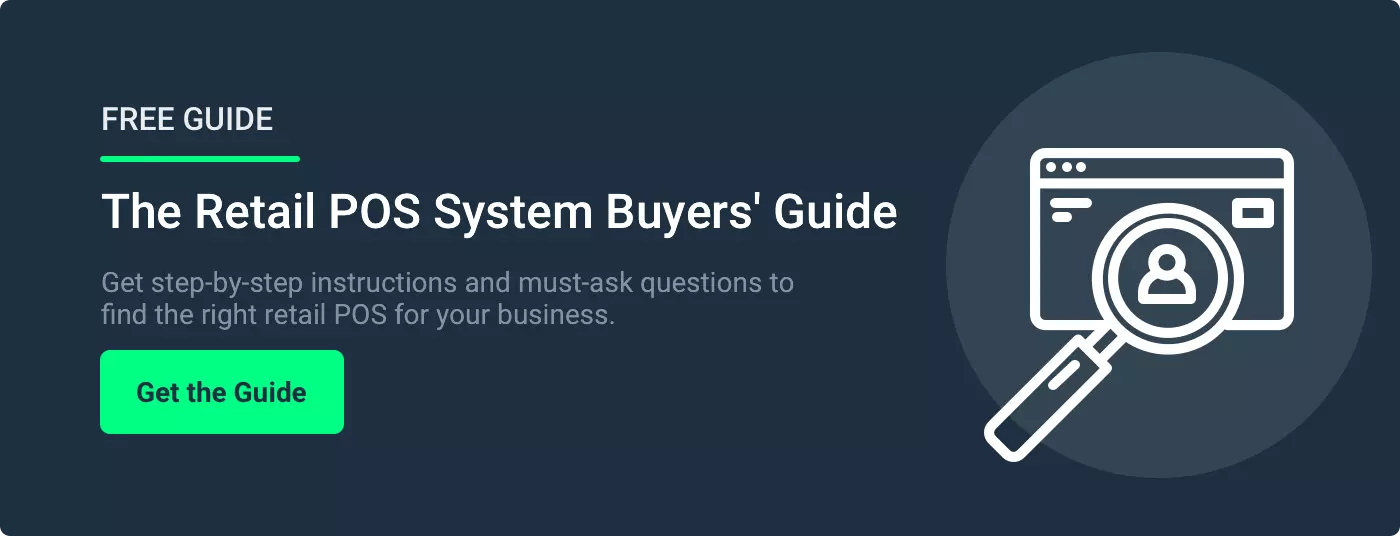Touchscreens (All-in-Ones)
What's a touchscreen?
Also known as a terminal or an all-in-one, a touchscreen is a variation of a desktop computer. Touchscreens include all of the traditional elements of a desktop computer, with the addition of a touchscreen monitor.
Touchscreens run your point of sale and are the most important piece of hardware in your system.
What are the minimum specs for a POS touchscreen?
Your point of sale software determines the minimum computing specifications you need. We recommend having at least 4GB of RAM and at least a 1.8GHz processor. As you increase the number of POS stations at your business, you'll also want to increase the processing power of your touchscreen. We recommend at least a 2.0GHz processor for the server station if three or more stations are located at the same store (the server station is the POS station that houses your database and acts as a server for the other terminals).
Why do touchscreen prices vary so much?
Prices can vary significantly based on computing power, and like any POS technology, name brand. If you find a computer at an extremely low price, double-check the specs and make sure they meet the minimum requirements of the software you're considering.
Another pricing factor is commercial grade versus consumer grade. Point of sale systems are meant to be used in rugged environments. Have you ever seen a bartender put in an order while multiple patrons are yelling for them? They don't use the touchscreen gently. While consumer-grade touchscreens are much cheaper, they cannot withstand the daily usage of a point of sale.
What about monitors? Do I need a POS touchscreen or could I use a mouse?
You can use either, but your touchscreen functions as a giant mouse by allowing you to point and click (i.e., touch). The biggest advantage of a POS touchscreen is that it allows for a faster workflow and more efficient order entry.
In fact, these POS softwares are designed specifically to be used with touchscreens — featuring large buttons that can be pressed easily. However, there are some software programs that include small buttons and dropdown menus, which would function better with a traditional mouse. The choice is yours!
There are several different types of POS touch technology on the market, and if you've ever used a point of sale system, you may have noticed that the screen is different than your iPhone's. This is because POS systems typically use resistive technology, which means that the monitor is covered with pressure-sensitive film. iPhones, on the other hand, respond to changes in electrical currents instead of pressure, which is why you can't operate your phone with gloves on.
Are there any substitutes for a POS touchscreen?
We occasionally sell a traditional desktop PC bundled with a separate touch monitor. While this is a more cost-effective solution, it's not recommended. Touchscreens are designed to withstand commercial environments and are slightly more rugged than traditional towers.


.png?width=141&height=134&name=image%202%20(2).png)


